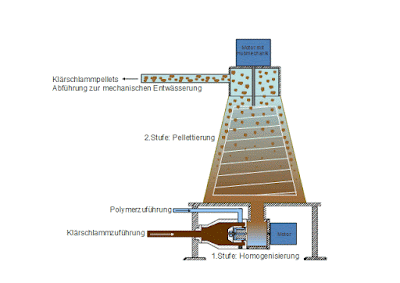About the Subject:
Metrology is the science of measurement.
Metrology includes all theoretical and practical aspects of measurement.
Metrology is defined by the International Bureau of Weights and Measures
(BIPM) as "the science of measurement, embracing both experimental and
theoretical determinations at any level of uncertainty in any field of science
and technology."The ontology and international vocabulary of metrology
(VIM) is maintained by the Joint Committee for Guides in Metrology (JCGM), a
group made up of eight international organizations – BIPM, IEC, IFCC, ISO,
IUPAC, IUPAP, OIML and ILAC.
Introduction to Metrology –their effect on
Precision and Accuracy – Errors –Linear Measuring Instruments – concepts of
interchange ability and selective assembly –Angular measuring instruments
–Basic concept of lasers Advantages of lasers –Basic concept of CMM –Basic
concepts of Machine Vision System – Element – Applications-Principles and
Methods of straightness –Applications-Force, torque, power - mechanical ,
Pneumatic, Hydraulic and Electrical type-Flow measurement-Temperature.
Time to be planned :
1 or 2 days
1 or 2 days
Kind of program :
3D based Seminar and Guest Lecture for the Students
Reason for the program :
Kalam Scientist Team aiming to build young generation Scientist
Kalam Scientist Team aiming to build young generation Scientist
Sample Clips for reference :


































